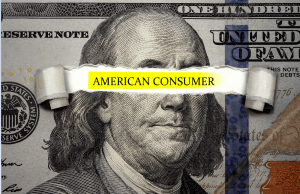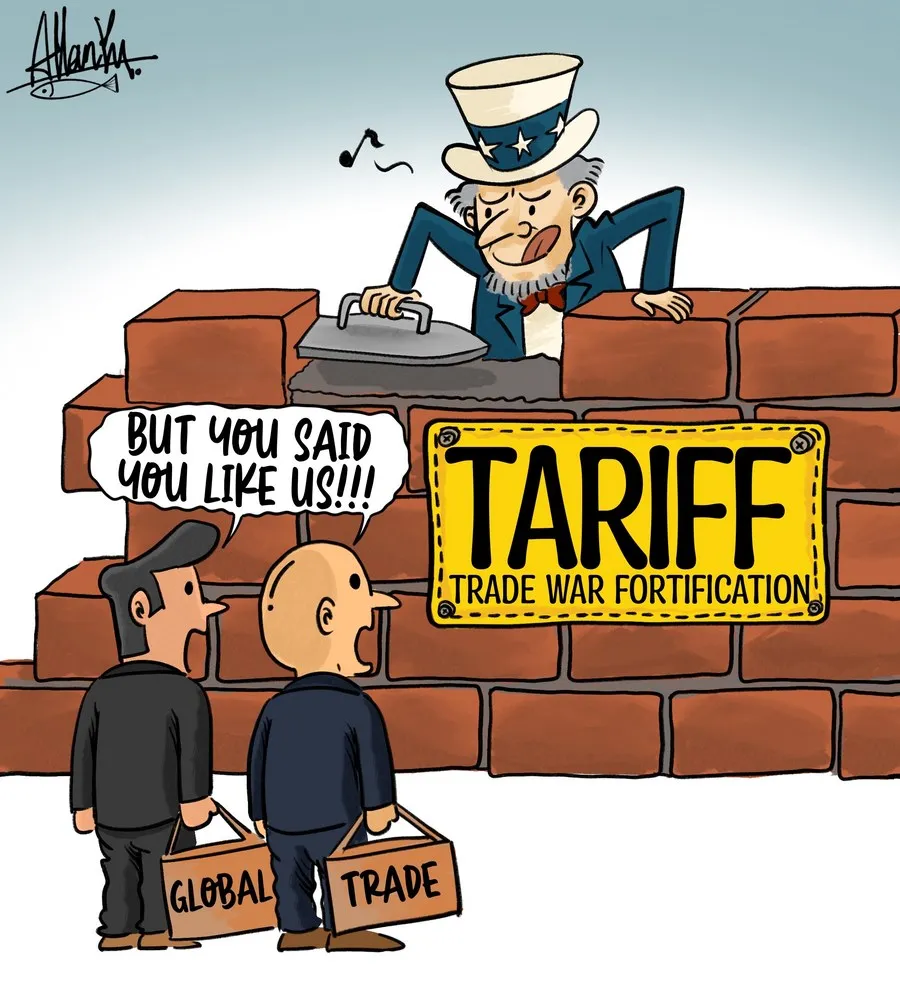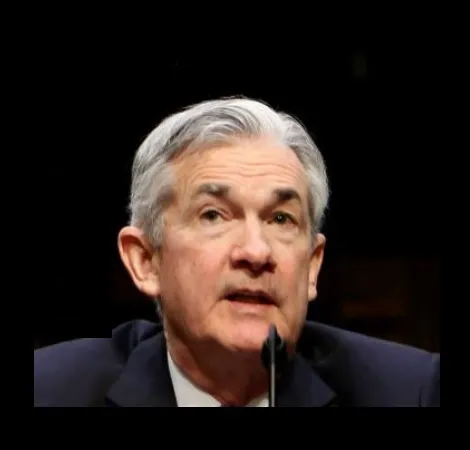America’s robust consumer economy helped it emerge as a global powerhouse. Nations once stood in line, eager to sell to America as our consumer economy composed over two-thirds of GDP. Grappling with the cost of living crisis and amid a private wave where confidence has been lost, Americans are spending significantly less but are more likely to fall into debt.
Retail sales in May rose only 0.1%, according to new data provided by the Commerce Department, falling short of expectations of a 0.3% rise. April’s figure was revised to show a -0.2% decline in retail sales. These figures are not adjusted for inflation as numbers like words can be used as rhetoric.
American consumers spend more on less. Yet as with every private wave, confidence declines and people begin to hoard. Hoarding is not an option for the average American who lives paycheck to paycheck. I reported that credit card debt is on the rise, increasing by $85.8 billion in Q4 of 2022 alone. The average American household has about $10,000 in credit card debt, marking an 8.9% YoY increase. Now, Americans are facing $1 trillion in credit card debt due to rising APR and inflation. As reported by the Federal Reserve, credit card debt rose $250 billion in the past two years but consumer spending is declining. Separate studies have found that nearly half (46%) of Americans cannot make their monthly credit card payments.
Inflation is hitting everyone. I also reported how the “rich” are experiencing higher rates of credit card delinquencies than ever before. Delinquencies across all tax brackets are exceeding pre-pandemic levels, and the central bank has called this a “trend” that is now “accelerating.” These delinquencies will eventually fall on the banks who are already experiencing a liquidity crisis. Every survey shows that Americans are relying on credit more so now than ever before.
Inflation and socialistic policies have damaged America’s strong capitalistic consumer economy. We have created an enemy out of our top trading partner, China, and the recent round of tariffs are merely the beginning. They say consumer spending is “cooling,” but this is indeed an “accelerating trend.” People are spending money on the basics like food and energy, and the demand for goods is simply not there.










